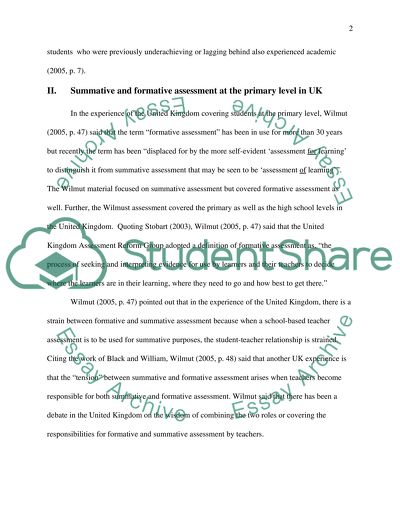Cite this document
(“Differences between formative and summative assessment (Just part form Assignment”, n.d.)
Retrieved from https://studentshare.org/family-consumer-science/1404714-differences-between-formative-and-summative
Retrieved from https://studentshare.org/family-consumer-science/1404714-differences-between-formative-and-summative
(Differences Between Formative and Summative Assessment (Just Part Form Assignment)
https://studentshare.org/family-consumer-science/1404714-differences-between-formative-and-summative.
https://studentshare.org/family-consumer-science/1404714-differences-between-formative-and-summative.
“Differences Between Formative and Summative Assessment (Just Part Form Assignment”, n.d. https://studentshare.org/family-consumer-science/1404714-differences-between-formative-and-summative.


